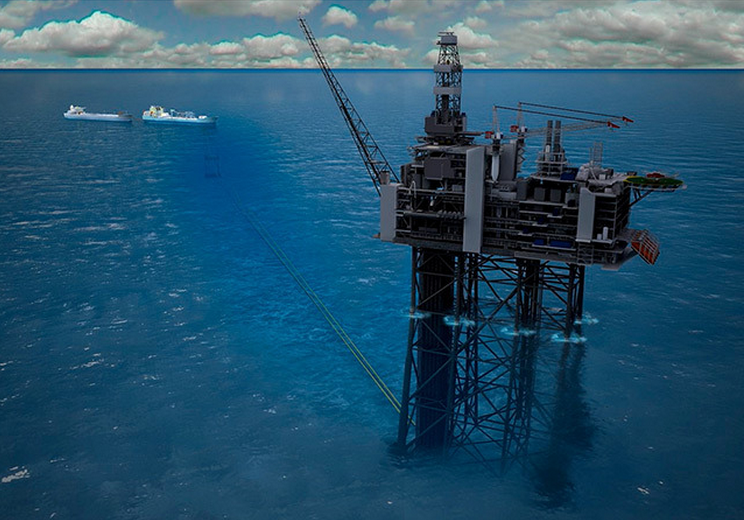
Statoil has re-awakened its UK sector Bressay heavy oilfield project and is keen to get both concept selection and investment decision nailed down next year.
However, recent fiscal improvements have been more than cancelled out by the slump in prices. Nonetheless, the company has seen fit to at least rework how this North Sea resource could be developed.
At one point, it seemed that Bressay might become a more or less clone of the neighbouring Mariner field development with its two large bridge-linked platforms.
However, the resource is much smaller and the decision was taken almost two years ago to reconsider the approach.
Statoil said back in November 2013 that a simpler, cheaper solution was needed than the $7billion scenario then being considered. A starter-pack, phased approach could deliver first commercial production for less than a third of that figure.
There was also a need to look more closely at what Xcite was doing with its Bentley asset, which is geologically contiguous with neighbouring Bressay and lies 8km to the south-east on the so-called “East Shetland Platform”.
Indeed renewed project screening carried out last year and this coupled with achieving alignment on the way forward within the Bressay partnership (with Shell), includes “investigating possible synergies through collaboration with neighbouring heavy oil developments”.
Chris Andrews, Statoil’s asset management VP for Western Europe, told Energy: “Two years ago, we took a step back since when we’ve been trying to slim and simplify the project.
“Bressay was getting too big (as a concept); it has half the oil in place when compared to Mariner and we’re hoping to do concept selection towards the end of this year or early next.
“We’re going to start with a small development involving limited investment; that way we get to learn from the reservoir and from the wells.”
The phase one target is 50-100million barrels recoverable, most likely based on a heavy-duty production jack-up similar to those built for Maersk and capable of handling production rates of up to 40,000 barrels per day, plus an associated floating storage unit.
“We’re looking at 20 wells – single and dual laterals,” said Andrews. “There would be one water injector and one gas injector.”
The latter is necessary because there will be a need to re-inject produced gas as a means of supporting reservoir pressure, bearing in mind the start point of a low GOR coupled with small gas cap.
Andrews said that the entire reservoir was accessible from a single point, which was clearly helpful.
He said too that the jack-up-based phase one could enable Statoil to hold the initial investment below $2billion and that this could deliver oil over a 7-10 years period.
It is likely that the jack-up would be leased; this is a key part of keeping costs under control, in Statoil’s view.
Andrews said it was important to recognise that there was a large reserves base . . . around 900million barrels oil in place.
In his view, phase one would yield less than 10% of the resource but that, should Statoil move to a more ambitious phase two, it might be possible to achieve 25% recovery.
Compared with other Statoil assets, Bressay crude is 11deg API versus 12-14deg API for Mariner, Grane (18deg API) and Peregrino, also 13deg but of high viscosity.
Bressay straddles part-blocks 3/27b, 3/28a, 3/28b, 9/2a and 9/3a; is located some 135km east of Shetland and 35km west of the UK-Norway median line where water depths range 91-118m.
The field was discovered in 1976. Seven exploration and appraisal wells (including side-tracks) have been drilled, the most recent of which was drilled by Statoil in 2008.
It comprises Tertiary age sandstone reservoirs in the Hermod formation and in the overlying Dornoch formation. The oil is very dense and viscous, with a low gas to oil ratio. The oil column has a small gas cap and a large underlying aquifer.